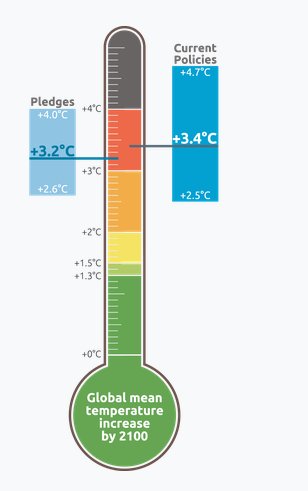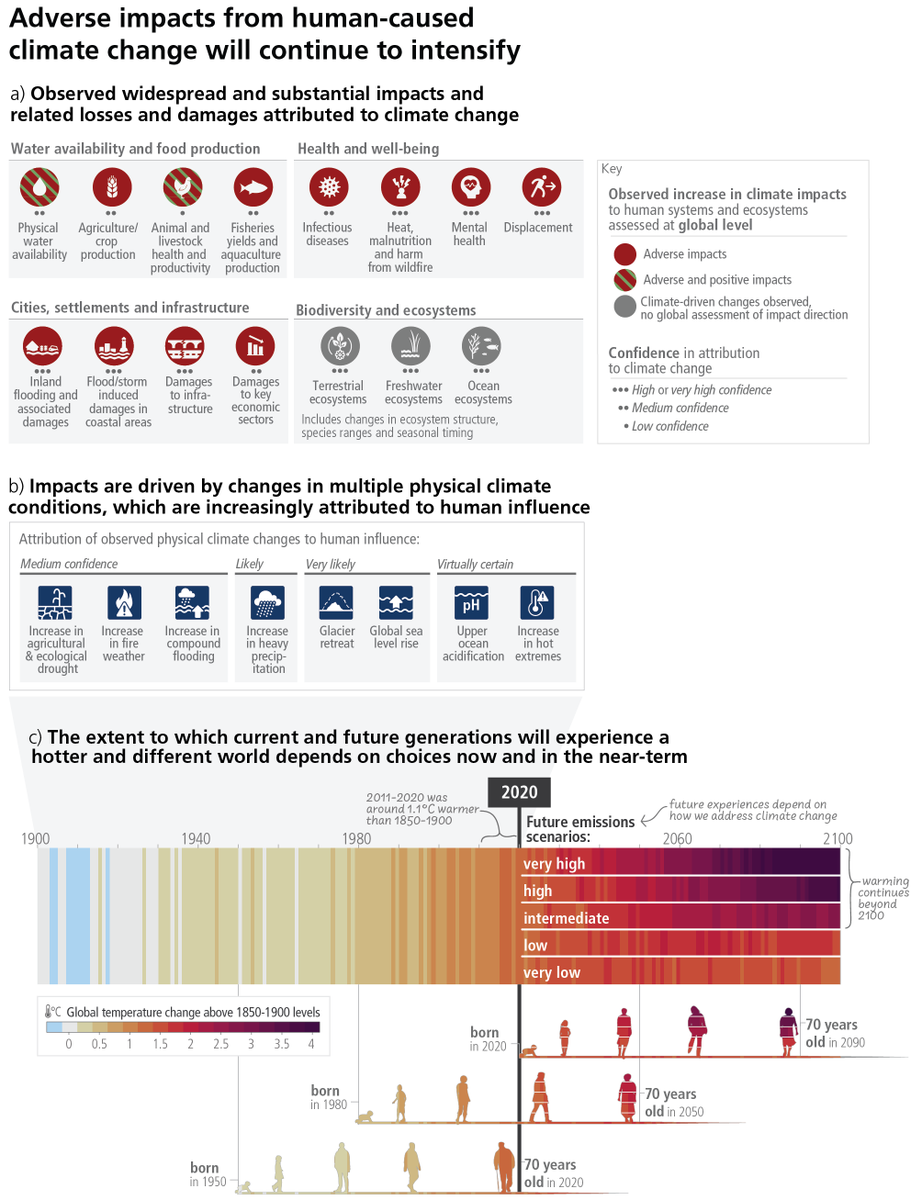One of the major governance 'innovations' of #COP21 - agreeing on a >3°C deal while putting a 1.5°C label on it
climateactiontracker.org
wires.wiley.com/WileyCDA/Wires…
climateactiontracker.org
wires.wiley.com/WileyCDA/Wires…

of course, there's the promise of 'ratcheting-up' pledges, and it remains to be seen if (or to what extent) it happens, but no, despite a lot of talk, the #ParisAgreement presents no legal obligation to do so
rsta.royalsocietypublishing.org/content/376/21…
rsta.royalsocietypublishing.org/content/376/21…
then how can it even be possible to consider #1o5 still to be a feasible #climate target?
temperature overshoot (to be brought down by massive volumes of negative emissions) - probably not a particular hot topic next week
Bit.ly/2zO0Dpn [MT @WMO]
rdcu.be/8vxP
temperature overshoot (to be brought down by massive volumes of negative emissions) - probably not a particular hot topic next week
Bit.ly/2zO0Dpn [MT @WMO]
rdcu.be/8vxP

and finally, there is the overarching question of the size of the new remaining carbon budget, of course
cicero.oslo.no/no/posts/klima…
plus: rdcu.be/0Tiv & rdcu.be/0TiG
#IPCC #SR15
cicero.oslo.no/no/posts/klima…
plus: rdcu.be/0Tiv & rdcu.be/0TiG
#IPCC #SR15

• • •
Missing some Tweet in this thread? You can try to
force a refresh
















